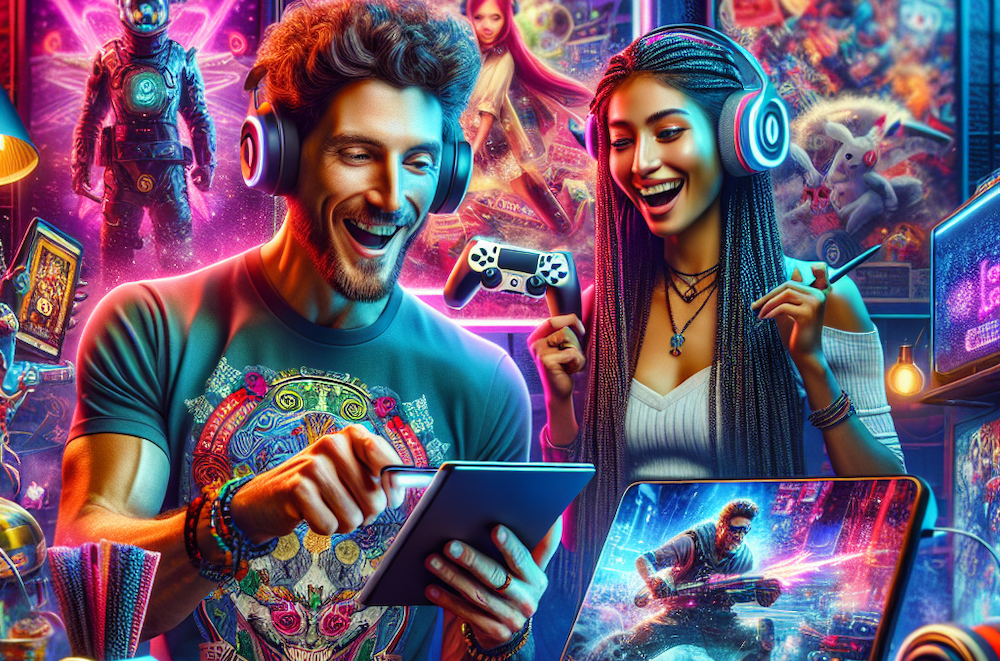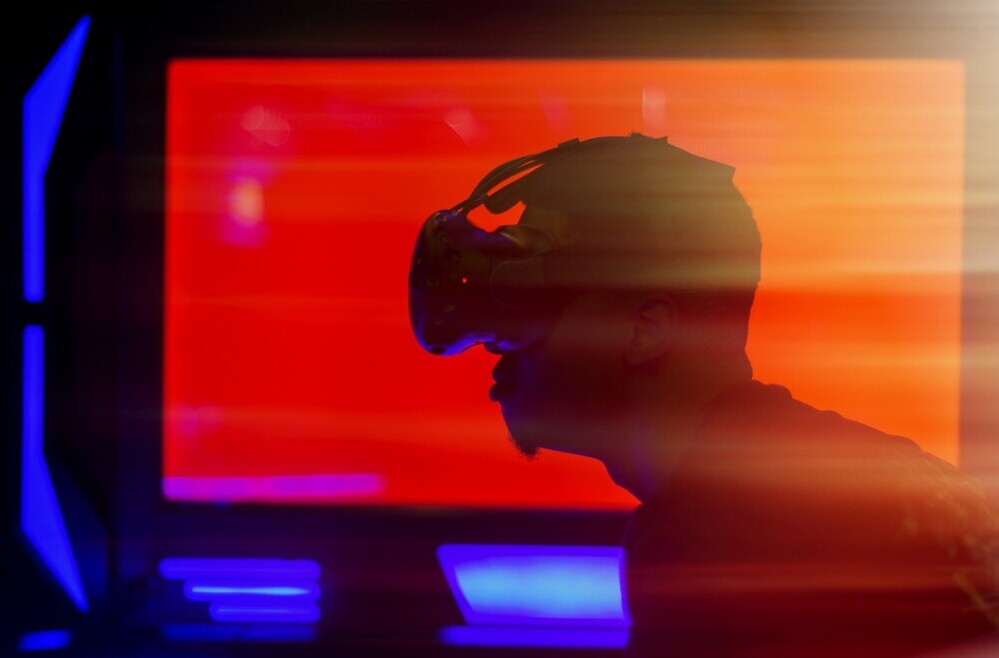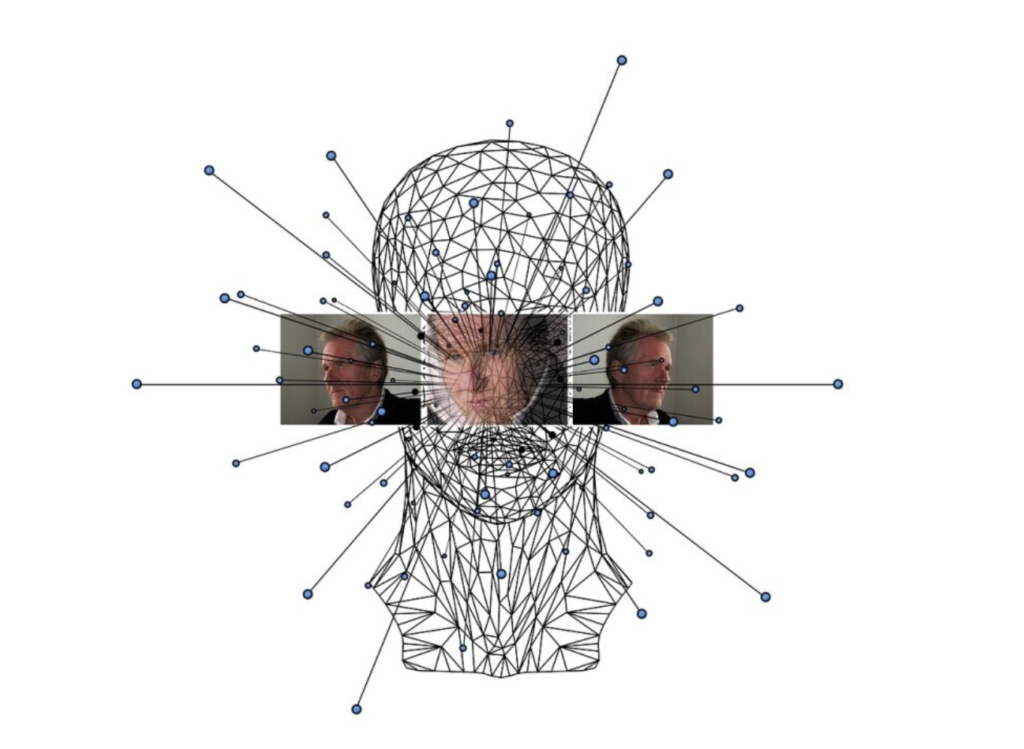Gaming Tech News And Trends

Gaming technology, wow, it’s been one wild ride.
From pixelated graphics on bulky consoles to the sleek, lightning-fast systems we have today, it’s all about constant evolution. It all kicked off way back when with those classic 8-bit games that laid the groundwork for everything we enjoy now.
Remember the days when having a 16-bit console was the biggest deal? Those advancements were more than just adding pixels; they paved the way for ultra-realistic graphics that can be taken for granted now. Processing power expanded not just the games’ graphics but also the complexity of gameplay, opening worlds more intricate than we’d ever seen.
Consoles weren’t the only monsters driving this evolution. Gaming PCs also made breakthroughs in power and graphics, bringing the quick response times and jaw-dropping visuals that developers drool over. Suddenly, we had MMORPGs that made you feel as if the entire universe was accessible from your bedroom.
But it’s not just about graphics and CPUs crunching numbers. Power met creativity to give us things like motion sensors and voice recognition. The introduction of controllers that could detect your movements or games you could simply talk to added an entirely new dimension—literally and figuratively—to gaming.
What continues to amaze me is how the visions of the past shape the tech trends of today. Many of the mods and creative ideas from yesteryears became mainstream, as developers turned gamers’ ingenuity into tech advancements we now consider standard. This historical layering keeps gaming tech ahead of the curve, with plenty more leaps expected in the near future.
Exploring VR and AR in Gaming – Revolutionary Platforms for Immersive Experiences
Virtual Reality (VR) and Augmented Reality (AR) are changing the gaming landscape like nothing else before. These technologies are crafting experiences that blur the lines between real and virtual worlds in striking ways. When you slip on a VR headset and step into another realm, it’s as if you’re shunning physical boundaries for something that’s creatively limitless.
Take games like Beat Saber or Pokémon GO. Beat Saber straps players into a neon-lit universe where swinging lightsabers to pulsing beats becomes an addictive dance. In contrast, Pokémon GO transformed the real-world experience by layering digital critters on everyday surroundings, urging people to roam actual streets and parks.
Not only are these interactions redefining player experiences, but they’re also pushing developers to think more creatively. Crafting these immersive worlds requires talent and inventiveness, yet VR and AR present unique challenges too, like investing in high-quality hardware and ensuring user comfort during extended play.
There’s a goldmine of potential in these platforms that goes beyond pure entertainment. VR and AR can pave the way for collaborative learning experiences, virtual tourism, and more immersive storytelling in games. As they evolve, expect fresher ways to play, collaborate, and engage with narratives.
Yet, it’s not all headset parties. Developers face hurdles like motion sickness issues or high setup costs. Overcoming these will widen the path for more expansive integration in mainstream gaming. The future? It looks nothing short of exhilarating, as we inch closer to a reality where virtual and physical worlds aren’t as separate as they seem.

Mobile Gaming and Cloud Technology – Convenience Meets Performance
Mobile gaming is where convenience reigns supreme, blurring seamlessly into everyday life. Phones are like mini powerhouses in your pocket, and with gaming apps a tap away, their evolution is as fast as the games themselves. The tech fueling its growth is as much about the cloud as it is about the phone.
With cloud technology, you’re not just downloading games anymore. Think about cloud-based services like Xbox Cloud Gaming and Google Stadia. They allow access to high-quality games without needing your phone to have top-end specs. That’s a game-changer for casual and serious players alike.
What’s wild about cloud gaming is it breaks down barriers. Want to play the same game seamlessly across different devices? Easy. The cloud smooths the way for cross-platform play, integrating experiences like never before.
The convenience of mobile gaming is transforming game design, too. Developers are crafting shorter, fast-paced sessions that cater to players on the go while still going the extra mile in graphics and storyline to keep things engaging. Such innovation ensures a quick match fits into a train ride or a lunch break seamlessly.
Watch out for trends like 5G improving real-time gaming experiences and multiplayer collaboration. It’s this convergence of tech that hints at an exciting future. As these towers continue to rise and connectivity skyrockets, the scope for richer, more responsive gaming only expands.
Mobile and cloud tech, hand in hand, make gaming more accessible and adaptable than ever, keeping the excitement levels high, anticipating what’s next.

The Impact of AI and Machine Learning on Game Design and Player Experience
Artificial Intelligence (AI) and machine learning might sound like sci-fi jargon, but they’re very much at the heart of gaming innovation. In modern game design, AI isn’t just about creating smart opponents; it’s shaping entire worlds. Adaptive environments, changing plotlines, and characters that learn from your actions? That’s all AI.
AI-driven non-playable characters (NPCs) can make games unpredictable and genuinely dynamic. Remember playing games where NPCs could only follow predefined paths? That’s ancient history compared to today’s AI, which allows characters to act more naturally and respond to players in real-time.
Machine learning, on the other hand, specializes in tailoring the gaming experience. By analyzing data on player behaviors, games can adapt to fit specific preferences, like suggesting challenges just right for you. It makes each session feel personal and engaging.
Beyond just gameplay, AI helps streamline development, too. AI tools can assist developers in generating levels or testing games more efficiently, reducing time-consuming manual tasks. Faster development means more focus on creativity and less on routine.
But with great power comes ethical responsibility. The integration of AI in gaming does raise questions about data privacy and fairness. There’s a growing push for transparency and guidelines to ensure AI is used ethically, balancing excitement with trust.
So, AI and machine learning are defining new boundaries in gaming. They’re driving experiences that adapt to players, offering adventures that feel both fresh and personal every time.
Recent Posts
- Sustainable Tech Solutions: Highlight Eco-friendly Technologies And Their Impact On Climate Change.Eco-friendly technologies are becoming a game-changer across various industries. With climate change at the forefront of global concerns, there’s a critical push towards finding sustainable solutions that… Read more: Sustainable Tech Solutions: Highlight Eco-friendly Technologies And Their Impact On Climate Change.
- Emerging Technologies Review: Focus On Innovations Like AI, Quantum Computing, And Blockchain In 2025.Technology in 2025 looks much like a fast-evolving landscape, Where previously unimaginable inventions are becoming part of everyday life. We’re at a pivotal moment where fields like… Read more: Emerging Technologies Review: Focus On Innovations Like AI, Quantum Computing, And Blockchain In 2025.
- Gaming Tech News And TrendsGaming technology, wow, it’s been one wild ride. From pixelated graphics on bulky consoles to the sleek, lightning-fast systems we have today, it’s all about constant evolution.… Read more: Gaming Tech News And Trends
- 4K Ultra-wide Monitor Reviews And Comparisons4K ultra-wide monitors have been making quite a buzz lately, And for good reasons. These screens offer a wider field of view while maintaining a sharp 4K… Read more: 4K Ultra-wide Monitor Reviews And Comparisons
- High-end Gaming Laptops 4K Ultra-wide Monitors RGB Mechanical KeyboardHigh-end gaming laptops have been taking the gaming world by storm. It’s fascinating to see how portable gaming technology has advanced over the years, making it possible… Read more: High-end Gaming Laptops 4K Ultra-wide Monitors RGB Mechanical Keyboard
- Music Forever@MusicForever_allstars MusicForever the Retro Music often has a cheerful, upbeat sound and is associated with nostalgia for a particular time period. In a nutshell, oldies are popular… Read more: Music Forever
Top websites that may interest you :
Revolutionary Hubs
The Ultimate Guide to Affiliate Marketing
Wealthy nexus marketing
Empower Entrepreneurs
Fulfilling lifestyle Better life comfort
Improve your daily for a better life comfort.


















2 COMMENTS